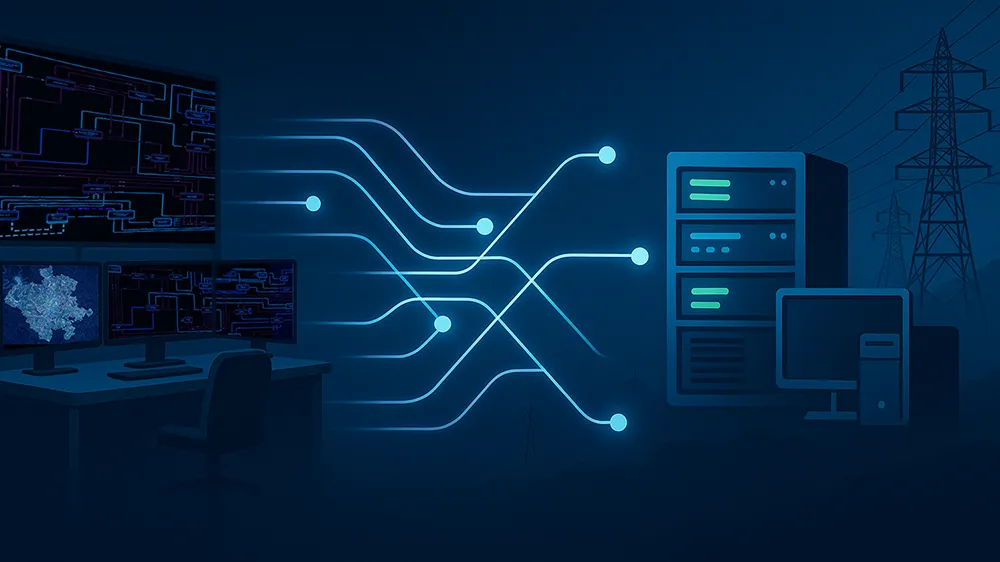
Calculate what one control room event really costs | Try our free ROI calculator
Discover why aligning IT and operations is essential for control room resilience. This article explores how collaboration between tech and field teams leads to faster decisions, lower risk, and better ROI.
October 14, 2025


In modern utilities and mission-critical environments, both IT and operations teams play indispensable roles. IT protects the organization from cyber threats, ensures systems are standardized, and manages costs. Operations keeps the lights on by maintaining real-time visibility, making fast decisions, and responding to emergencies.
These priorities may sound complementary, yet too often control room software decisions are made without operators in the room. The result is tools that satisfy IT’s needs but frustrate the people responsible for operational performance.
The reality is that neither side can succeed without the other. To support resilience, safety, and compliance, IT and operations must collaborate instead of working in silos.
Every team has its lens.
Neither set of priorities is wrong. Problems arise when one set outweighs the other.
When IT-driven decisions overlook the needs of operators, the effects can be significant:
What may look like a cost-saving decision in a budget meeting can lead to higher expenses and increased operational risk.
The best IT teams recognize that their work is most impactful when aligned with operations. They actively involve operators in procurement, testing, and workflow design. They advocate for tools that balance security and usability. They ensure solutions integrate smoothly with existing systems so operators are not forced to juggle multiple dashboards in the middle of an event.
By treating operations as a partner rather than a downstream customer, IT creates technology environments that are both secure and operator-friendly.
Operators do not just need software that runs. They need software that makes sense in real-world scenarios. In a control room, seconds matter. A single unclear display or delayed alert can affect grid stability, safety, or compliance.
Operator-centric tools prioritize clarity, responsiveness, and cognitive simplicity. They reduce the risk of overload by surfacing the most important data at the right time. They enable operators to act faster, with greater confidence, and with less fatigue.
When IT and operations collaborate on selecting and designing these tools, the organization gains measurable benefits:
So how can IT and operations ensure they are working together, not at odds? Here are five practical approaches:
These steps transform the relationship from transactional to collaborative.
The question is not whether IT should have influence over control room technology. The question is whether IT and operations are aligned on how decisions get made.
When IT drives decisions alone, operators risk being left with tools that do not meet their needs. When operators are ignored, organizations miss critical insights into situational awareness. But when both sides collaborate, the result is secure, intuitive, and resilient systems that protect both the enterprise and the grid.
IT does not have to be a gatekeeper. With shared goals, mutual respect, and clear communication, IT becomes a true partner in empowering operators to manage complexity safely and confidently.